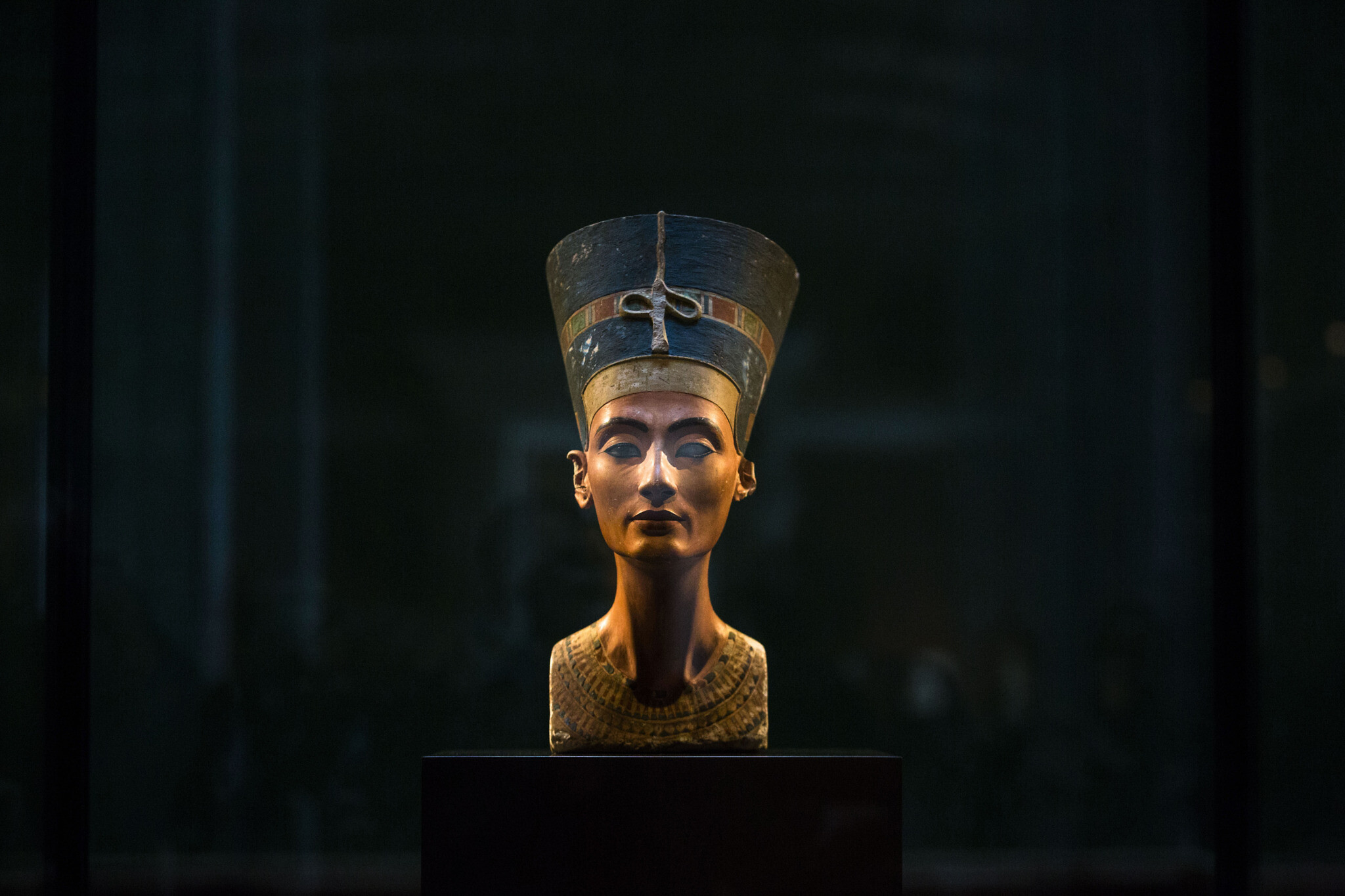Hidden hieroglyphics found in the tomb of Egyptian king Tutankhamun have given further strength to a theory that Queen Nefertiti is buried in a concealed, adjacent complex, according to a world expert on the matter.
Legendary beauty Nefertiti was wife and queen to King Akhenaten. She died in 1330 BCE.
Akhenaten’s son Tutankhamun became king at the age of 10 but died just nine years later in 1324 BCE. DNA testing on ancient remains has shown that Tutankhamun’s mother was another woman found in the tomb of Amenhotep II, making Nefertiti his stepmother.
Nicholas Reeves, a former curator in the British Museum’s Department of Egyptian Antiquities, told the UK Guardian newspaper in a Monday report that Tutankhamun’s unexpected death at an early age meant there was a need to quickly find a place to bury him.
He suggest the Egyptians chose an antechamber to a much larger tomb “prepared for and still occupied by” Nefertiti.
Get The Times of Israel's Daily Edition by email and never miss our top stories
Reeves said that his theory is supported by recent research on hieroglyphics in Tutankhamun’s tomb depicting his burial which, he claims, found they were painted over other graphics showing Tutankhamun interring Nefertiti.

Illustrative photo of Egypt’s famed King Tutankhamun’s golden sarcophagus as displayed at his tomb in a glass case at the Valley of the Kings in Luxor, Egypt, on April 1, 2016. (AP Photo/Amr Nabil)
The discoveries were found in cartouches, special hieroglyphics that include royal names, on the north wall of the tomb. The drawings are captioned as showing Ay, Tutankhamun’s successor, performing the “opening the mouth” ritual on the mummy of Tutankhamun.
But Reeves said that the facial profile of the figure marked as Ay in fact closely resembles those of official representations of Tutankhamun, while that of the mummy “carries the indisputable features of Nefertiti.”
“Close inspection of Ay’s cartouches reveals clear, underlying traces of an earlier name – that of Tutankhamun. In its original version, this scene had shown Tutankhamun performing the funerary ritual for the tomb’s original owner, his immediate predecessor… Nefertiti.”
“Demonstrably, the scene had begun its life as a record of Tutankhamun officiating at the burial of his predecessor,” Reeves said.
“I can now show that, under the cartouches of Ay, are cartouches of Tutankhamun himself, proving that that scene originally showed Tutankhamun burying his predecessor, Nefertiti. You would not have had that decoration in the tomb of Tutankhamun,” he said.

In this Sept. 10, 2014 photo, a 3,300-year-old bust of Queen Nefertiti is displayed at the New Museum in Berlin, Germany (AP Photo/Markus Schreiber, File)
“We’ve always been puzzled by Tutankhamun’s tomb because of its strange shape. It’s very small, and not what we’d expect of a king,” he said.
Nefertiti’s tomb, he believes, could lie beyond one of the walls of Tutankhamun’s chamber, but its entrance has been disguised as a wall of the room.
George Ballard, a radar specialist and geophysical investigator, told The Guardian he believes findings suggest that the north wall of Tutankhamun’s tomb is false, but decorated to match the other walls that are cut from the natural stone.
“But if there is a structure, that means somebody built it, and you don’t build things in the Valley of the Kings without an intention,” he said.

Radar scanning experts scan a wall at King Tutankhamun’s burial chamber at his tomb at the Valley of the Kings in Luxor, Egypt, Friday, April 1, 2016. (AP Photo/Amr Nabil)
The tomb of Tutankhamun was discovered by British archaeologist Howard Carter in 1922, nearly intact, containing his golden sarcophagus and a hoard of other items.
In 2015 Reeves claimed high-resolution imaging of Tutankhamun tomb found lines under plastered surfaces of walls suggesting hidden doorways, though the results were contested.
However, more recent studies using thermal imaging and mold-growth analysis back up his theory, Reeves said.
The new evidence is included in Reeves’s upcoming book “The Complete Tutankhamun,” set for release in October.
In the book Reeves cites other examples of burial chambers that were found to have larger tombs behind concealed walls.


